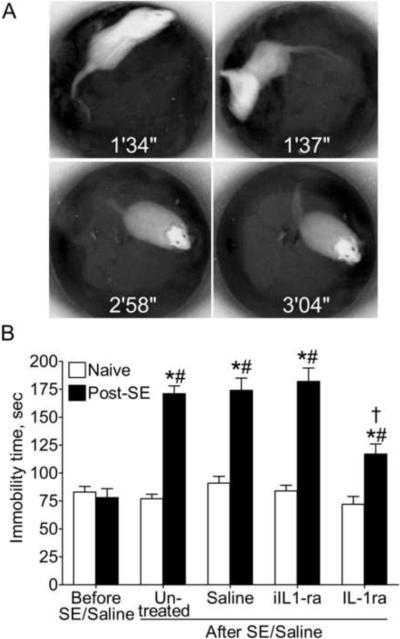Figure 2. Effects of IL-1ra treatment on the forced swimming behavior.
A. Sample snapshots taken from pre-recorded video during FST. Time after the start of the test is indicated on each image. Examples of active swimming which reflects active escape strategies are presented at 1 min 34 s and 1 min 37 s. Note change in the rat's position in the tank which occurred during the 3 s period, and the fuzziness of images due to the animal's movement. Examples of immobility when animals move only enough to avoid drowning, are presented at 2 min 58 s and 3 min 04 s. Note that the animal's position in the tank did not change during 6 s of recording, and that the body is positioned vertically in the water. B. Immobility time in naive and post-SE animals - untreated, treated with saline, heat-inactivated IL-1ra (iIL-1ra) or active IL-1ra. Note the increase in the cumulative immobility time in untreated, saline-treated and iIL-1ra – treated post-SE animals, and its partial reversal following IL-1ra administration. Data are presented as Mean±SEM. *- p<0.05 After SE vs. Before SE (repeated measure ANOVA+Neuman Keuls post hoc test); #- p<0.05 Post-SE vs. Naive; †- p<0.05 Post-SE IL-1ra vs. Post-SE saline (One-Way ANOVA+Neuman Keuls post hoc test).

